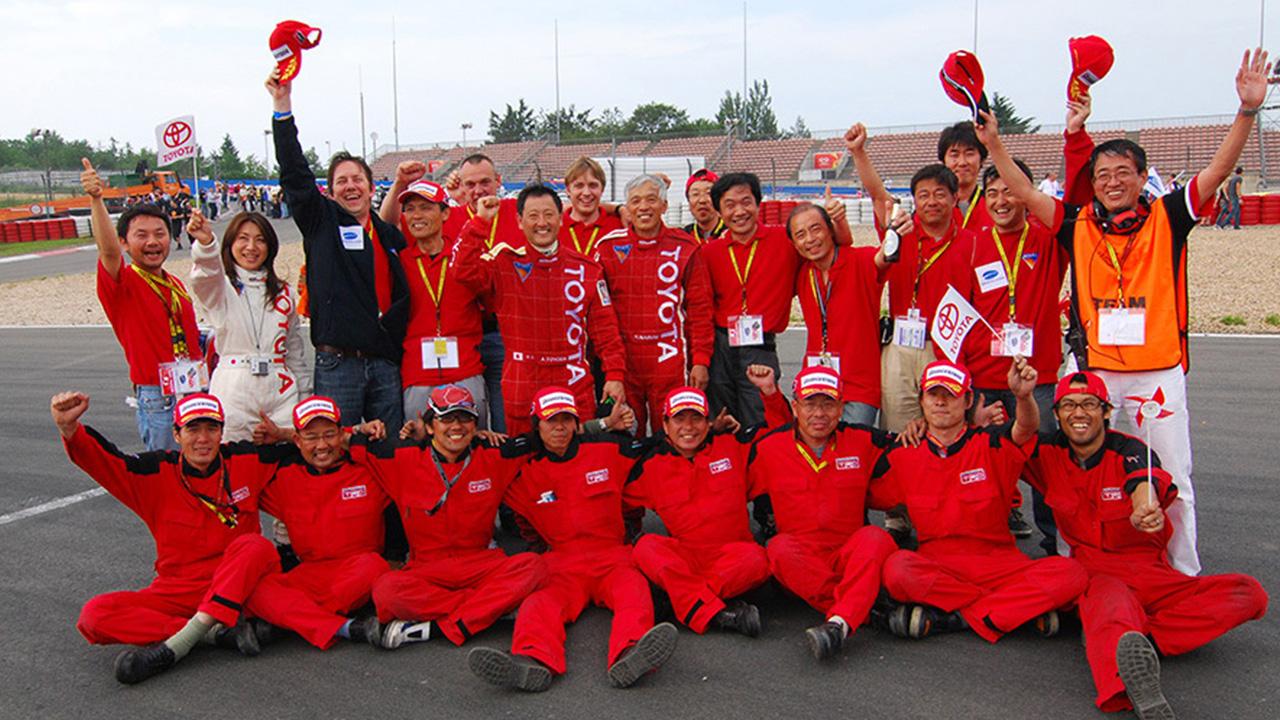
In this special feature looking back on Akio Toyoda's 14 years as Toyota's 11th president, Part one traces the course of his reforms from a product perspective.
Aiming to be “best-in-town”
Overseas, Toyota Thailand celebrated its 60th anniversary in December 2022 with the unveiling of the IMV (Multi-purpose Vehicle) 0 Concept.
Akio wanted the concept to be “a brand-new IMV pick-up truck for Thailand, something truly affordable and truly innovative”—a car that underpinned mobility and economic growth according to the needs and lifestyles of consumers.
The IMV project was first announced in 2002, as Toyota enjoyed strong sales growth in North America yet held a limited market share in emerging countries.
Setting out to offer vehicles more quickly and affordably in regions where demand existed, the company created a common global platform, sharing engines and parts across different models. The goal was to build a more efficient "Made by Toyota" supply structure.
This project was overseen by Akio, then in charge of Toyota’s operations in Asia.
Its first car was the Hilux Vigo, a new pickup truck launched from Thailand in 2004. Akio personally traveled to Thailand to spearhead the development process with swift decisions.
In Thailand, pickup trucks enjoy broad popularity, used for everything from commuting and work to recreation. With high performance, they also make the ideal choice as a first car.
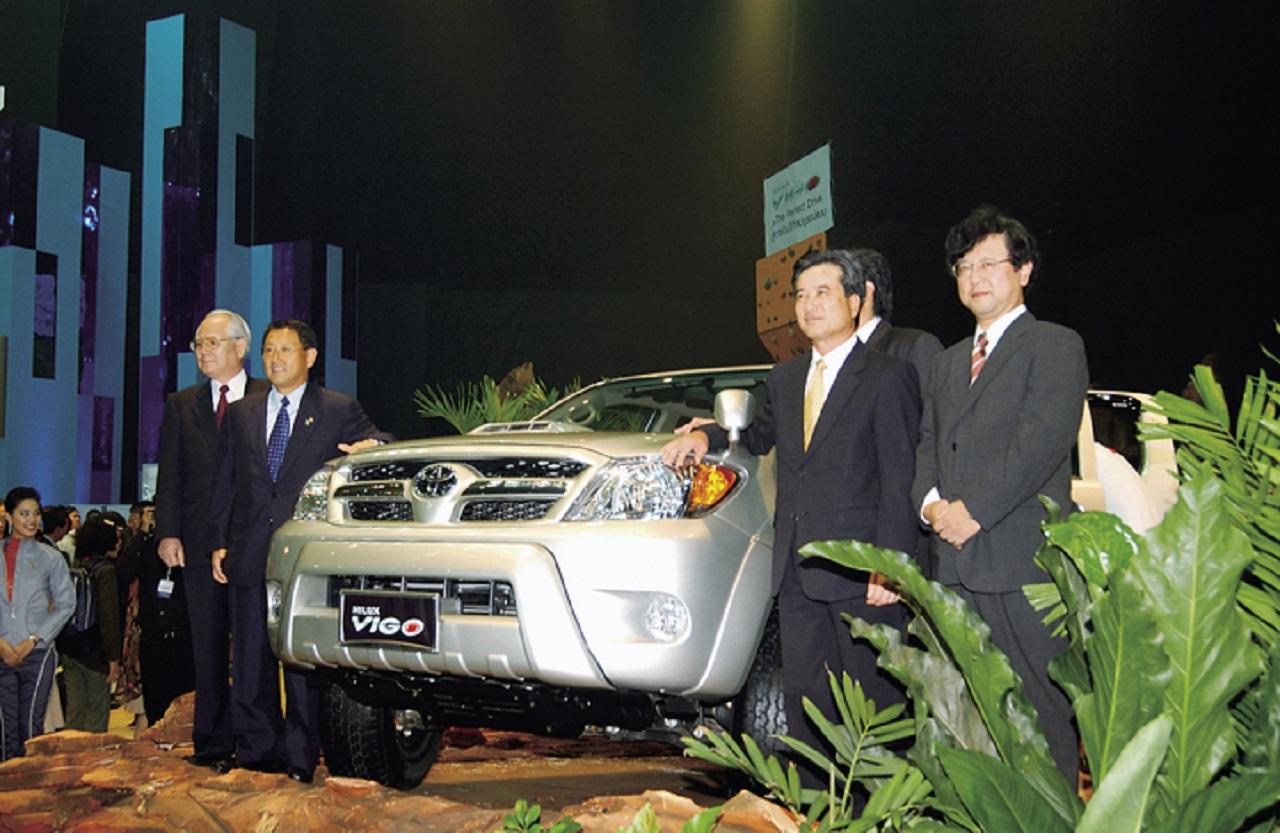
On stage at the 60th-anniversary event, Akio recalled that period, saying, “For me, the Hilux Vigo launch remains one of the fondest memories of my career, and it shaped my leadership style more than anything else. I will always be grateful to Thailand for the lessons I learned from that experience.”
The IMV series would go on to provide cars such as the Fortuner SUV and the Innova minivan, tailored to the needs of individual regions from Asia and Africa to South America. These much-loved cars continue to sustain lifestyles and livelihoods around the world.
The global full lineup lives on
Until Akio took over as president, sports cars, commercial vehicles, and cars for emerging markets were perennially written off as “poor sellers.” Akio, however, put these vehicles back in the spotlight.
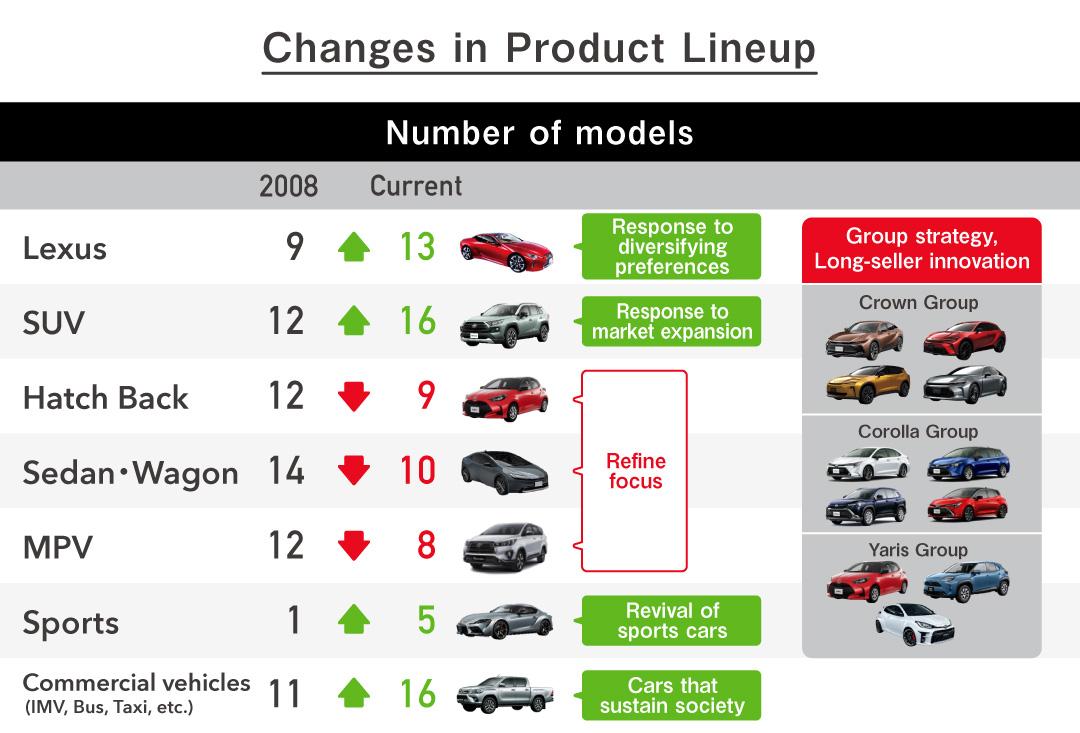
In addition to such cars, Toyota has continued to develop models tailored to the carbon-neutral era, with hybrids (HEVs) dating back to the first-generation Prius and fuel cell electric vehicles (FCEVs) led by the Mirai. Despite being branded a “laggard” on battery electric vehicles (BEVs), in 2022, the company also unveiled its first full BEV model, the bZ4X.
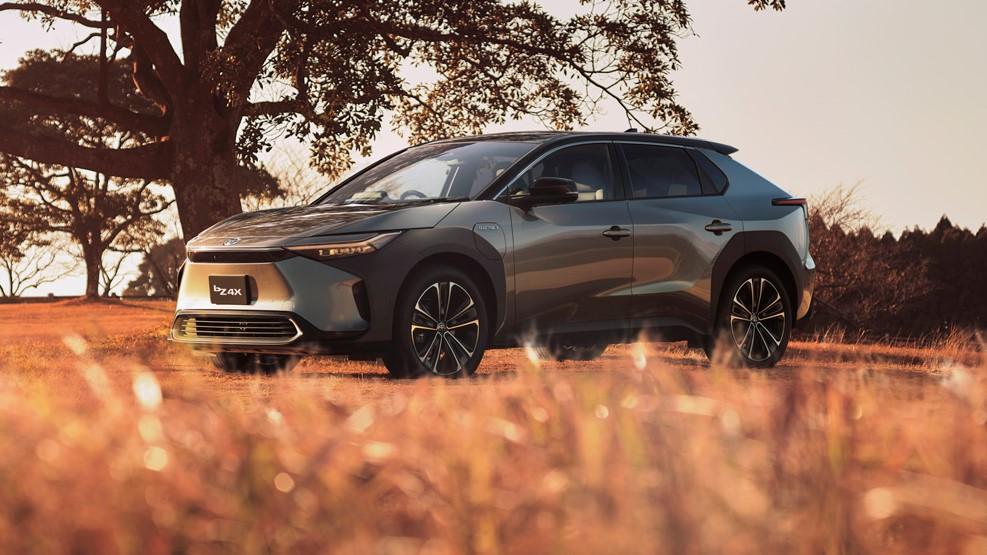
In 2021, for the first time ever, a racing car running on hydrogen took to the track in competition. As Morizo, Akio was one of the drivers behind the wheel of that hydrogen-powered Corolla, which created a great deal of buzz by completing the 24-hour endurance race at Fuji International Speedway (Oyama, Shizuoka).
Two years later, the Corolla returned to the same race, this time with liquid hydrogen in place of the earlier gaseous fuel. In another world-first attempt, the liquid hydrogen-fueled racer successfully made it through the 24 hours.
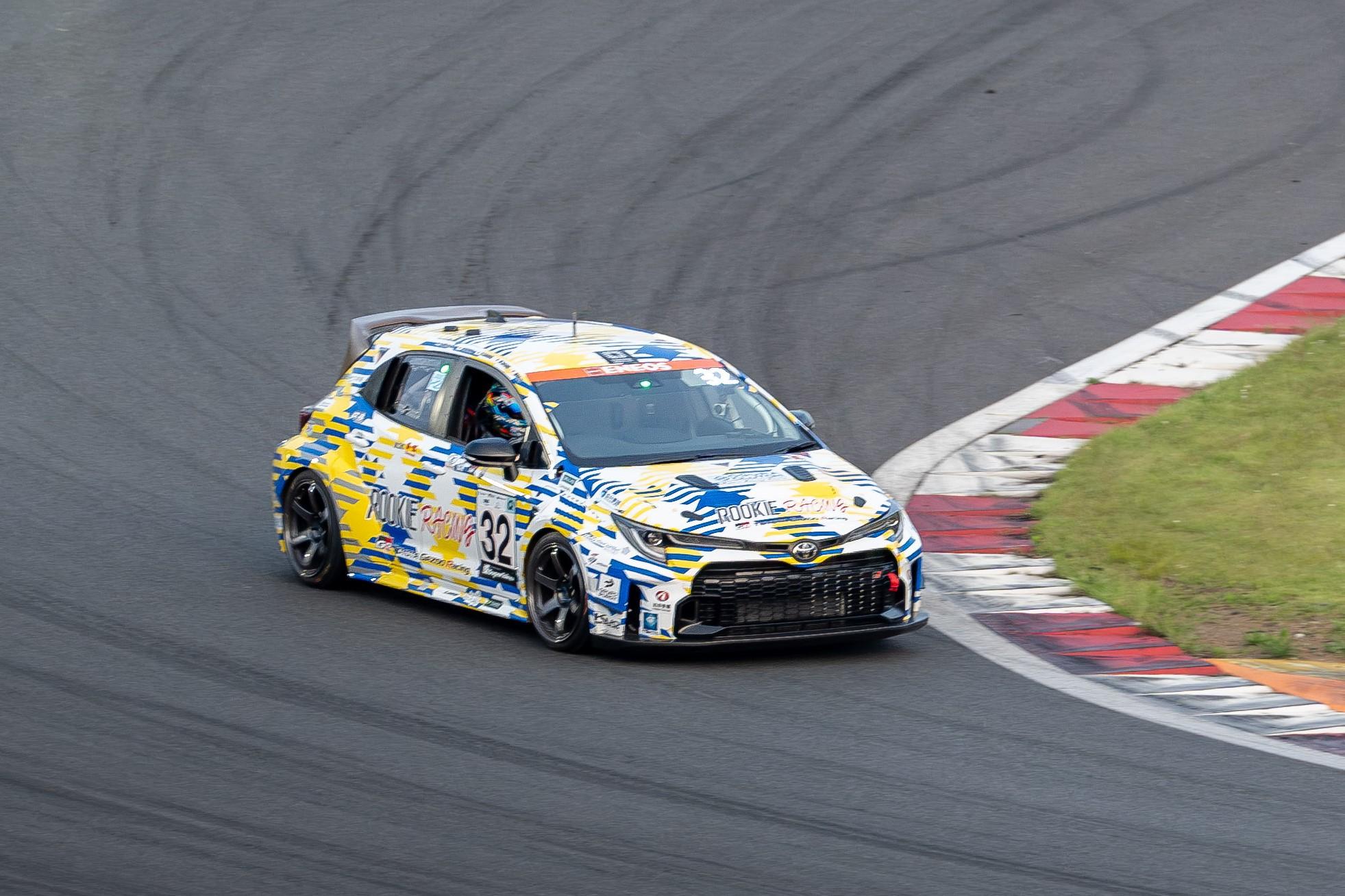
In the 2023 New Year’s address quoted at the top of this article, Akio continued as follows:
We have revamped long-time bestsellers such as the Crown and Corolla, and brought back sports cars like the 86, Supra, and GR Yaris.
At the same time, we don’t neglect commercial vehicles. Toyota also has a full range of electrified vehicles, from HEVs to BEVs and hydrogen.
The synergy between TNGA, our in-house company system, and our region-centered structure means that Toyota now has people focused on fulfilling the world’s needs in every genre of cars.
That is why I believe we can also offer a multi-pathway approach to tackling the daunting challenge of carbon neutrality, with appropriate solutions for individual countries and regions.
The energy situation varies widely across the world, with many regions lacking sufficient electricity infrastructure, and countless people relying on their cars as a lifeline. All of them are our customers, and they all face different realities.
We remain committed to being global full-lineup, working hard every day so that no one is left behind, ensuring “Mobility for All.”
Whether as the president of Toyota Motor Corporation, as a master driver, or as Morizo, Akio has been ever-present at the frontlines of carmaking in various capacities. Those 14 years are reflected in the transformation of Toyota's products.

